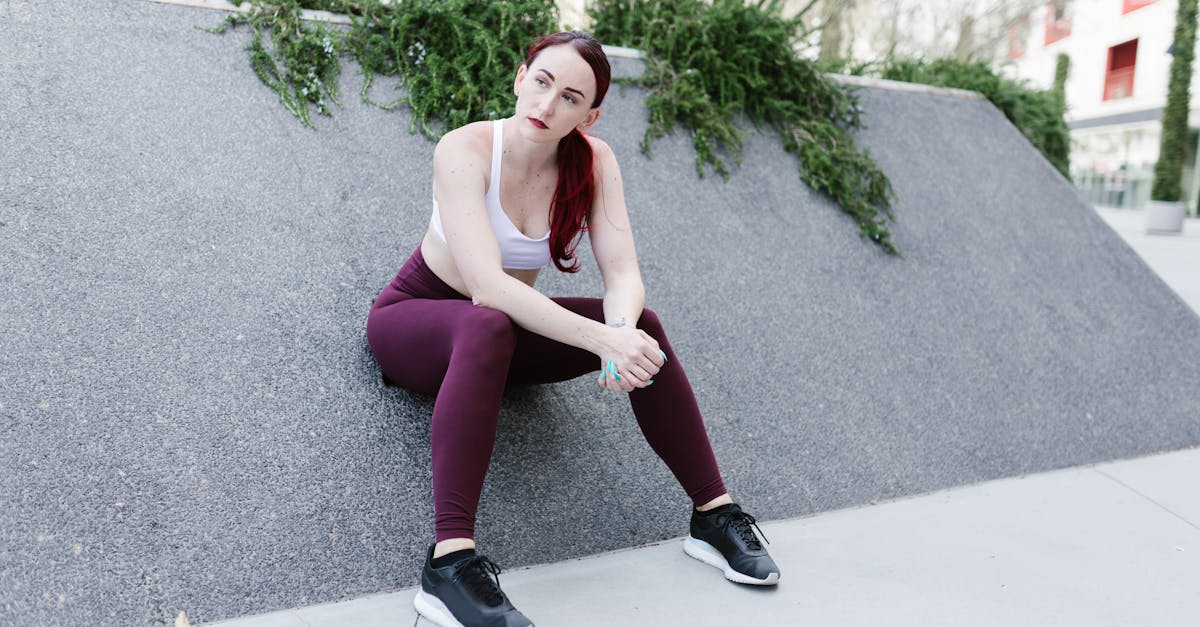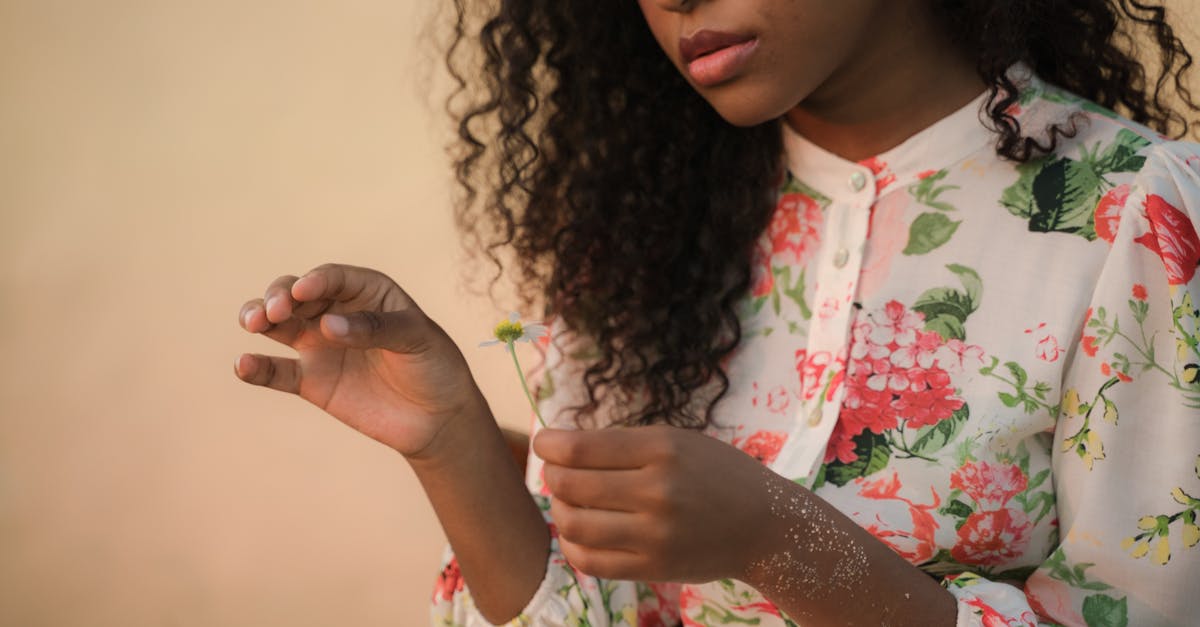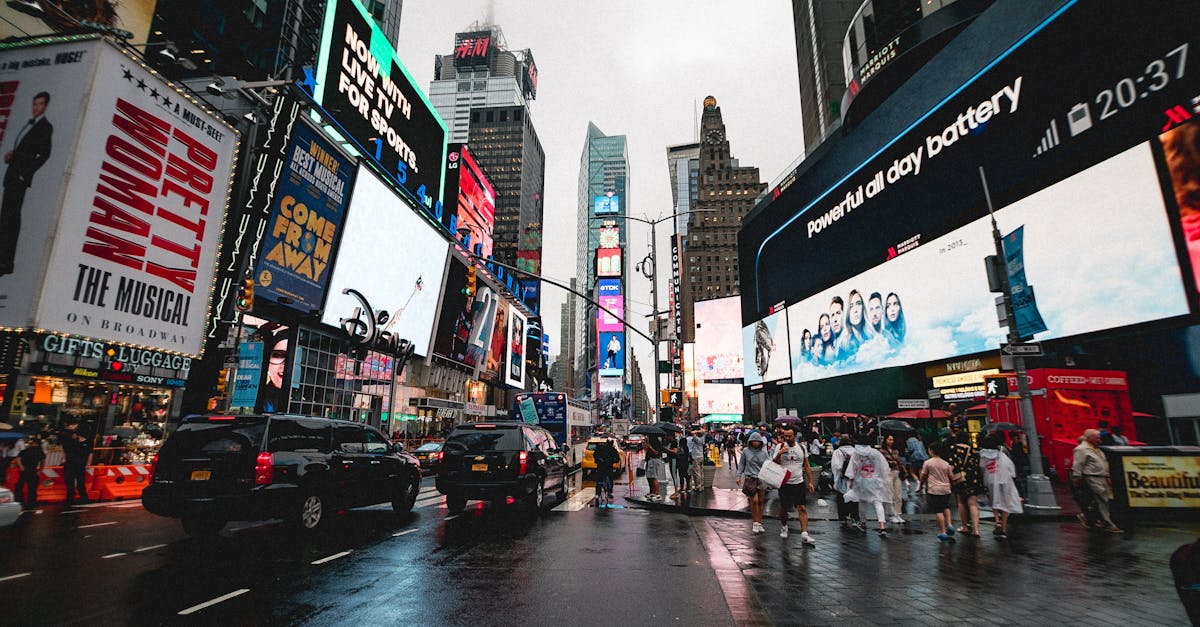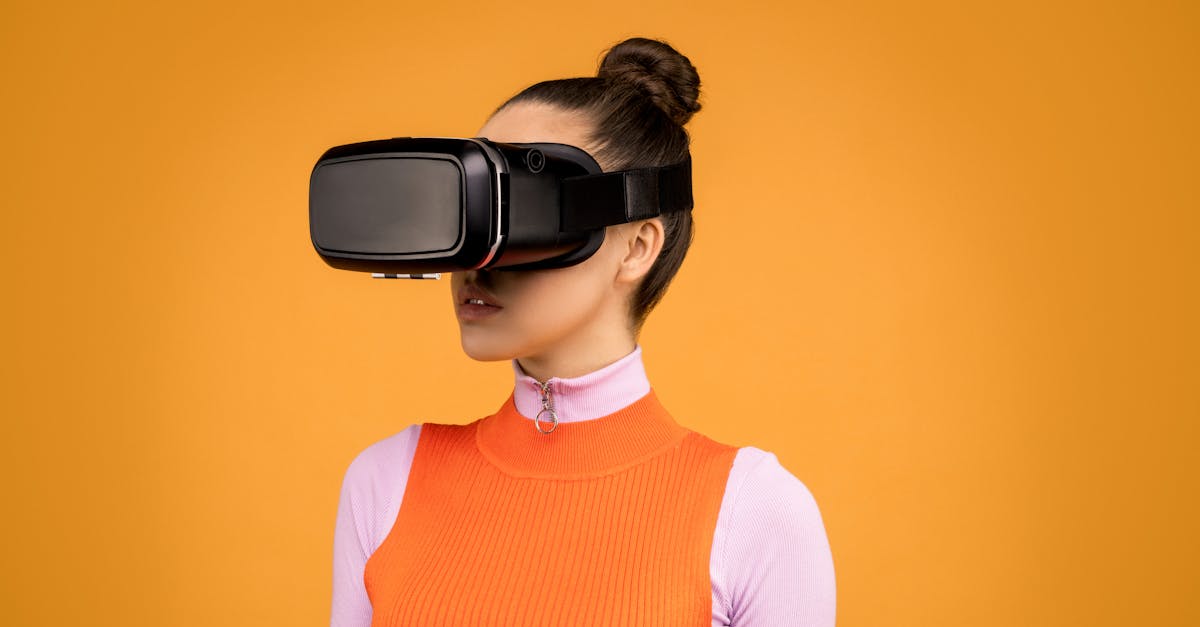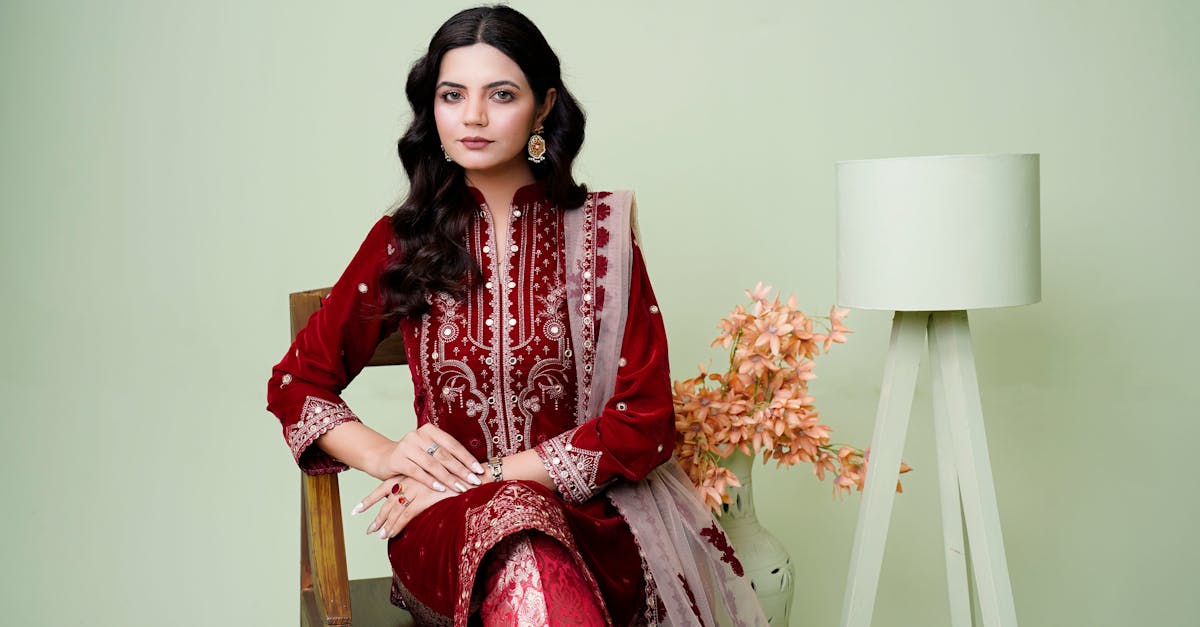Tech Giants Defining Fashion Collaborations 224
Introduction
As we step into 224, the fusion between technology and fashion continues to redefine the boundaries of both industries. Tech giants like Alphabet, Apple, and Amazon are delving into the world of couture to create awe-inspiring collaborations. These unique partnerships have led to innovative creations resonating with the modern consumer.
Advertisement
Smart Fabrics Revolution
With advancements in textile engineering, tech companies have pioneered smart fabrics that are eco-friendly and functional. These textiles can sense and adapt to environmental changes, providing wearers with customized experiences. Fashion houses are now incorporating these materials into collections to enhance consumer comfort and interactivity.
Advertisement
Wearable Technology
The integration of wearable technology into fashion has evolved beyond accessories like smartwatches and footwear. Major fashion brands are teaming up with tech giants to create garments that monitor health metrics, manage smart home devices, or interact seamlessly with virtual reality environments. This trend is revolutionizing how consumers perceive fashion.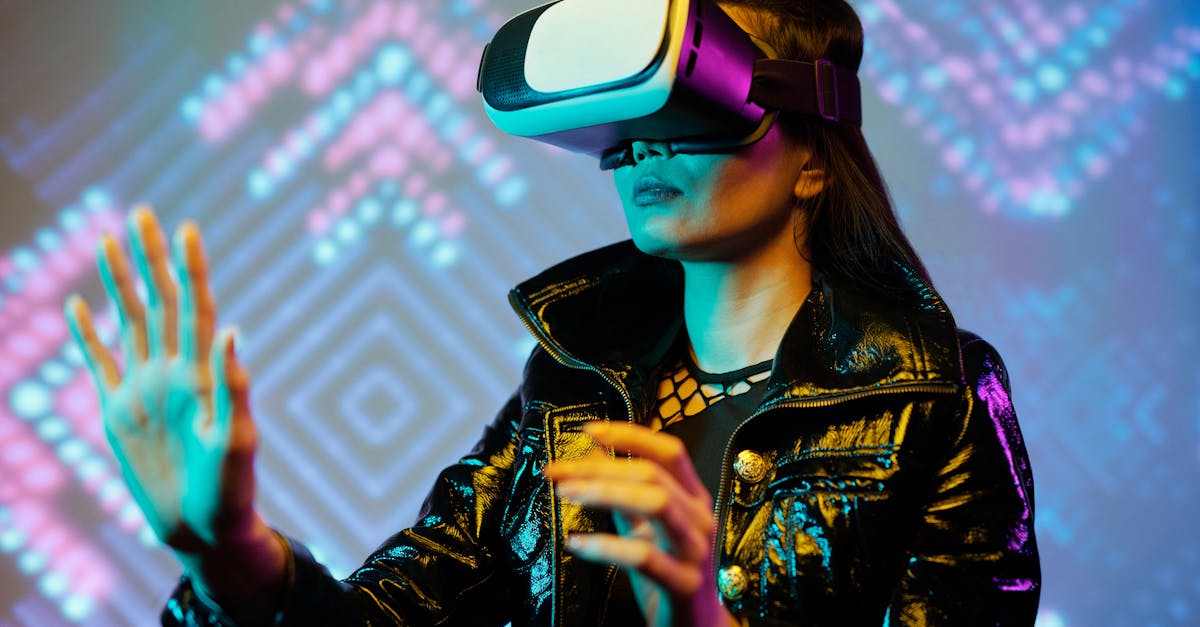
Advertisement
Sustainable Tech Initiatives
Tech companies are also driving sustainability in fashion by introducing eco-friendly production processes. By leveraging AI and machine learning, these collaborations aim to minimize waste and carbon footprints. Such initiatives align with the growing demand for sustainable and ethically produced fashion, making it a win-win for both industries.
Advertisement
Virtual Fashion Shows
With the rise of the metaverse, traditional fashion shows are being transformed. Tech giants are setting new standards with virtual fashion shows, allowing designers to showcase their collections in digital realms. This approach provides global accessibility and offers an immersive experience that is not limited by geographical or logistical constraints.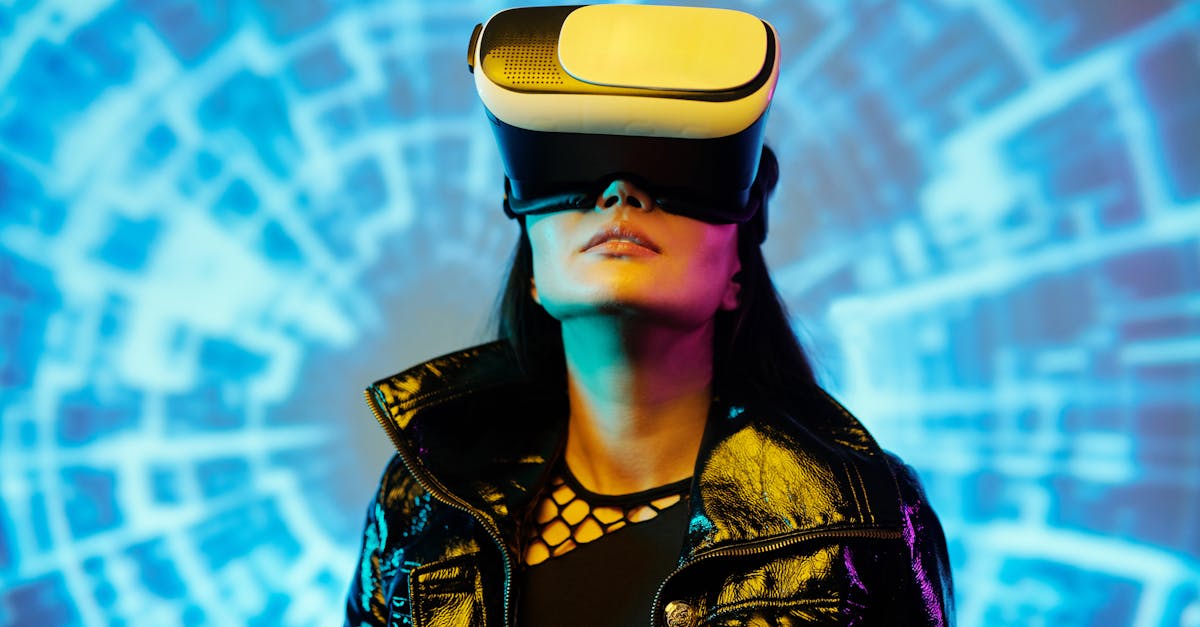
Advertisement
Augmented Reality Shopping
Incorporating augmented reality (AR) into shopping experiences, tech companies provide consumers with the ability to "try on" clothes virtually. Partnered fashion brands offer customers an interactive and personalized shopping experience. This practice not only enhances user engagement but also reduces return rates due to size mismatches.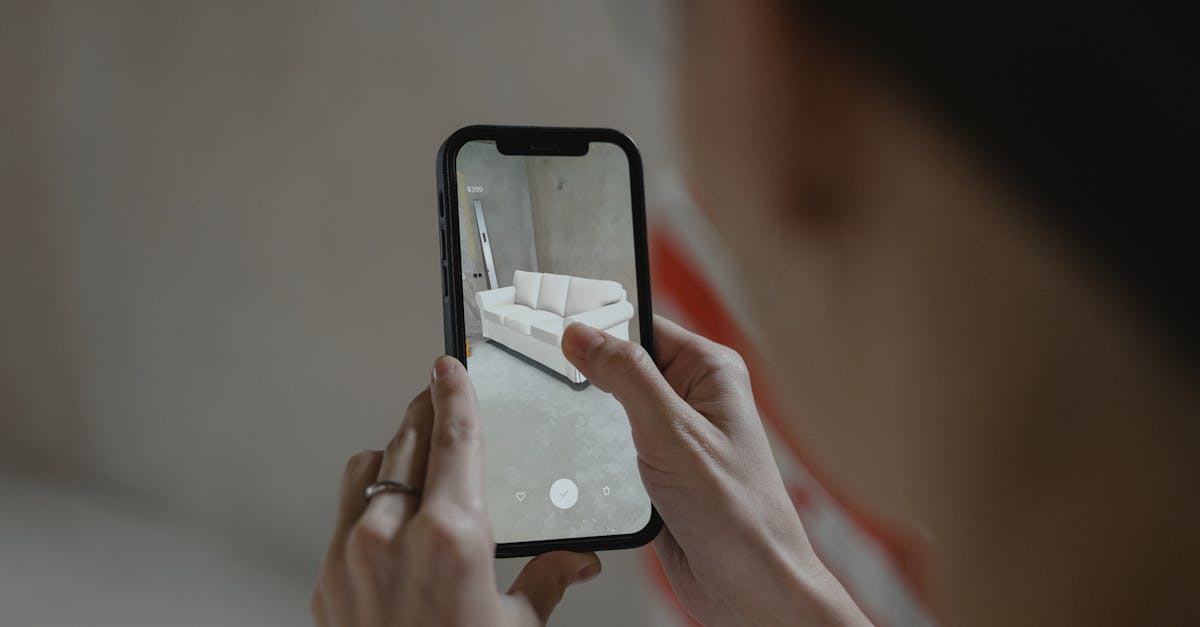
Advertisement
Blockchain in Fashion
Tech collaborations have introduced blockchain technology to the fashion world, ensuring transparency and authenticity in the supply chain. Consumers can now trace the origin of their products, right from raw materials to final retail. This advancement assures consumers and promotes trust, aligning with the demand for accountability.
Advertisement
3D Printing in Fashion
The advent of 3D printing has revolutionized the creation of bespoke garments. Tech giants are enabling fashion designers to experiment with complex patterns and designs that were previously unattainable. This technology allows for rapid prototyping and customization, meeting individual consumer demands effortlessly.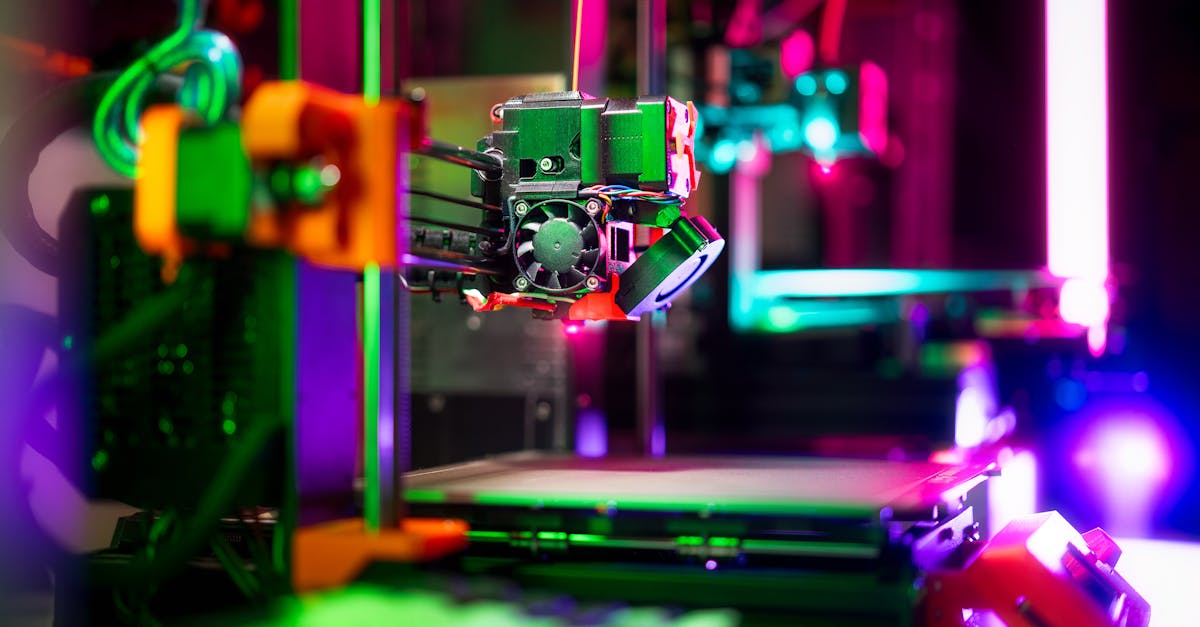
Advertisement
Digital Fashion and NFTs
The intersection of fashion with emerging digital assets like NFTs is creating new revenue streams. By collaborating with tech firms, fashion houses are able to offer limited edition digital garments and accessories. This new form of digital fashion caters to consumers seeking exclusive and avant-garde fashion experiences.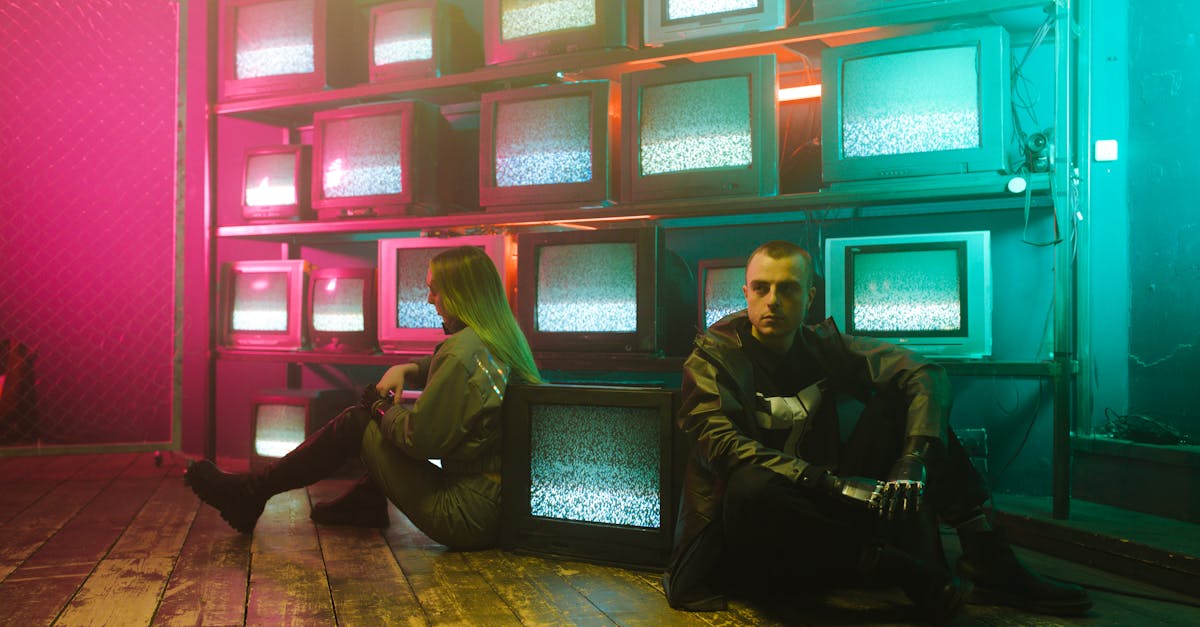
Advertisement
Conclusion
In conclusion, the collaborations between tech giants and the fashion industry are setting the stage for a new era of fashion in 224. These partnerships fuse innovation, sustainability, and creativity, offering consumers enhanced experiences. As the boundaries between tech and fashion continue to blur, the future looks promising for both industries.
Advertisement
